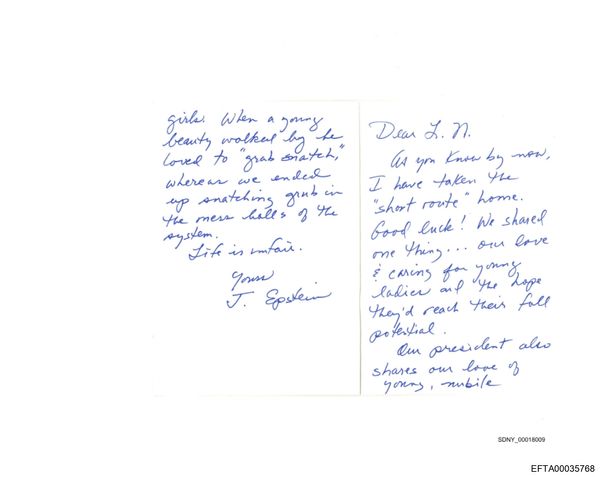

Tensions between India and Pakistan have erupted once again after a deadly missile exchange early Wednesday. India fired missiles into Pakistani-controlled territory, targeting what it described as “terrorist infrastructure” in areas of Pakistan-administered Kashmir and Punjab province.
According to Pakistan’s military, at least eight people were killed and dozens injured, with some missiles reportedly hitting mosques and homes. NBC reported that hospitals in the region declared emergencies as explosions and blackouts left people fleeing in panic.

India’s Defence Ministry said the strikes were part of “Operation Sindoor” in a statement and insisted, “Our actions have been focused, measured and non-escalatory in nature. No Pakistan military facilities have been targeted. India has demonstrated considerable restraint in selection of targets and method of execution.”

In response, Pakistan’s Prime Minister Shehbaz Sharif called the attacks “cowardly” and promised a strong response, saying, “Pakistan has every right to give a robust response to this act of war imposed by India, and a strong response is indeed being given,” per AFR.
“The enemy won’t be allowed to achieve its goals.”
Pakistan’s military also claimed to have shot down five Indian aircrafts, though India has not confirmed this, per CNN.
Why has the situation in Kashmir escalated now?
This latest confrontation was triggered by an attack last month in Indian-controlled Kashmir, where gunmen killed 26 tourists at a resort. India quickly blamed Pakistan for supporting the militants behind the massacre, a charge Pakistan strongly denies. The attack sparked outrage across India, prompting the government to respond.
The BBC reports that several Indian states have also begun holding large-scale security drills for civilians. The federal home ministry ordered these exercises across 244 districts, aiming to test and strengthen “civil defence mechanisms” like air raid warnings, blackout protocols, evacuation plans, and emergency control rooms.
Officials say the drills are about making sure ordinary people — students, volunteers, and families — know what to do in the event of a hostile attack.
What is the history of conflict in Kashmir?
To really understand why this keeps happening, you have to go back to 1947. When British rule in India ended, the region of Kashmir was left in limbo. It had a Muslim-majority population but a Hindu ruler, and both India and the newly created Pakistan wanted it. After a brief war, the region was split by a ceasefire line — now called the Line of Control — but both countries have claimed the whole area ever since.
Over the decades, there have been wars, major skirmishes, and a long-running insurgency. In 2019, India revoked Kashmir’s special autonomous status, sparking protests, a communications blackout, and reports of mass detentions.
Human rights groups and academics have called Indian-controlled Kashmir “the world’s most militarised zone”, and some experts say India’s tactics are increasingly inspired by Israel’s approach to the Palestinian territories, including surveillance, home demolitions, and population controls.
The “Israel Model” and its influence on Kashmir
The idea of India following an “Israel Model” in Kashmir isn’t just internet talk. Middle East Eye points out that Indian politicians, commentators, and even security officials have openly called for India to “respond like Israel”. India is a major buyer of Israeli weapons and surveillance tech, and Indian forces have reportedly received training from their Israeli counterparts.
Global reactions to the conflict in Kashmir
The situation is especially dangerous because both India and Pakistan are nuclear-armed. The Federation of American Scientists estimates that India has 180 nuclear warheads and Pakistan has 170, per EurAsian Times. Any military clash between them risks spiralling into a much larger, potentially catastrophic conflict.
United Nations Secretary-General António Guterres has called for “maximum military restraint” via his spokesperson, warning, “The world cannot afford a military confrontation between India and Pakistan,” per The Washington Post.
US President Donald Trump also commented, “They’ve been fighting for a long time… I just hope it ends very quickly.”
Meanwhile, the people of Kashmir and the surrounding regions are caught in the middle, facing blackouts, artillery fire, and the constant threat of violence.

With both sides trading blame and the world watching nervously, the hope is for restraint and dialogue — but for now, the situation remains tense and unpredictable.
Lead image: Getty Images
The post Why Did India Launch Missiles At Pakistan? The Kashmir Crisis, Explained appeared first on PEDESTRIAN.TV .







